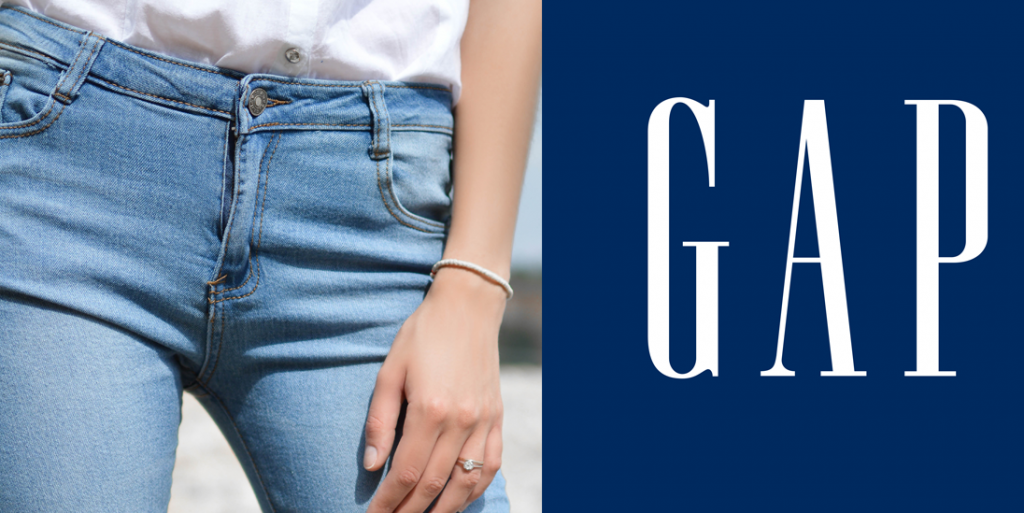Gap has long been known for it’s proactive approach to sustainability, committing to reduce greenhouse gas emissions across all it’s worldwide facilities by 50% before 2020. Through this and its Gap for Good campaign they are demonstrating that big fashion can be ethical and sustainable. The initiative, launched in 2016, has focused on the two largest components of manufacturing denim: cotton and water.

Gap was established in 1969 by Donald and Doris Fisher who had trouble finding good jeans that fit. Today denim is still a huge part of Gap’s iconic look; comfortable jeans and simple Tees. Cotton gives their 1969 denim the strength and comfort it’s known for, whilst supporting the livelihoods of millions of people around the world involved in cotton production and denim manufacturing.
By joining the Better Cotton Initiative (BCI) Gap have partnered with more sustainable cotton farming initiatives worldwide, focussed on farmworker training, water conservation and chain of custody traceability. They have also developed denim washes for their jeans which now incorporate plant-based fabric softeners that are certified by the USDA as BioPreferred®. This is a positive step forward in an effort to eliminate hazardous chemicals and protect the health of workers and waterways.
Fabric mills, which use a great deal of water, chemicals and energy during the dyeing and finishing process, can be toxic work environments which is why Gap have developed alternative solutions aimed at improving conditions for worker’s and the surrounding environment and ecosystems by treating waste water and significantly reducing the amount of chemicals used. Gap recognise that their one million factory workers worldwide are an important asset to their business and have many initiatives to improve factory conditions.
Another innovative development is their waterless dyeing technology, Dry,Dye®. The revolutionary dyeing technique uses compressed CO2 to dye fibers. Using up to 95% less water than traditional methods Gap claims it saves 4.5 gallons of water per garment and eliminates the need for any chemical additives. Millions of litres of water have already been saved and Gap is demonstrating that big fashion labels can be more ethically and environmentally conscious.
Image/Video Credit: Gap | Gap For Good
[/et_pb_text][et_pb_social_media_follow _builder_version=”3.0.53″ saved_tabs=”all” link_shape=”circle” url_new_window=”on” follow_button=”on” background_layout=”light” global_module=”4820″] [et_pb_social_media_follow_network social_network=”facebook” skype_action=”call” url=”https://www.facebook.com/livekindlyco/” bg_color=”#3b5998″]

